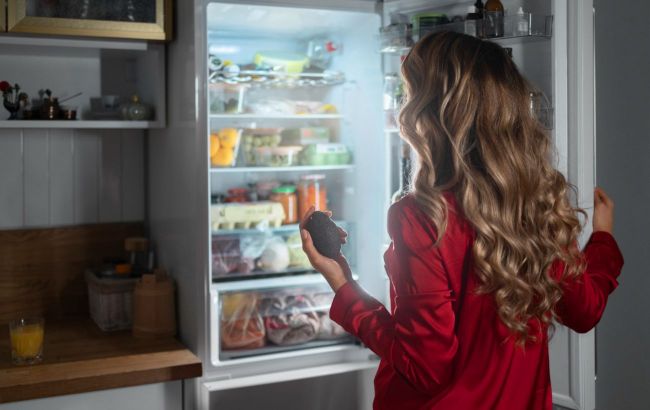Dangers of reheating leftovers: Insights from dietitian
 Illustrative photo (Photo: Freepik)
Illustrative photo (Photo: Freepik)
Food for a person is, first and foremost, a source of energy and necessary building material for the normal functioning of the body. Freshly prepared food contains many nutrients. However, it is worth knowing whether it is beneficial to reheat yesterday's dishes, explains Doctor of Dietetics Olha Malliani to RBC-Ukraine.
What happens to food the next day
According to the expert, reheating yesterday's food may seem convenient, but it's important to be aware of the potential dangers that these leftovers may pose.
It's worth remembering that if a person decides to keep yesterday's food, a significant portion of its nutritional properties gradually disappears. The taste qualities lose their brightness, nutrients break down, and vitamins and minerals, like vitamin C, decrease with each passing hour.
In addition to changing the taste, food items also alter their texture.
Autolysis is a natural process in which enzymes present in meat cells begin to break down tissues after the organism's death. Over time, autolysis progresses, and the meat can become mushy, lose its color, and develop an unpleasant odor.
Therefore, consuming meat in such a state can pose health risks.
Something similar happens with vegetables. Vegetables become limp during extended storage, primarily due to moisture loss.
The potential danger
The dietitian says that what concerns her the most is the development of bacteria and excessive yeast (mold) growth.
Improperly stored prepared foods are especially prone to bacterial growth. As soon as the food cools to room temperature, it becomes a favorable environment for dangerous bacteria like Salmonella, E. coli, and Listeria.
Importantly, these microorganisms can multiply rapidly, leading to foodborne illnesses if food remnants are consumed without reheating to a safe temperature. Symptoms can range from mild stomach discomfort to severe cases of food poisoning.
Some people prepare food in the morning and, after it has cooled down, store it in the refrigerator. This practice should be avoided.
To prevent bacterial growth, it is essential to cool food within two hours of cooking, store leftovers in airtight containers, preferably glass with tightly fitting lids, and immediately place them in the refrigerator.
Reheating to a temperature of at least 80°C before consumption can help eliminate potential bacteria.
A simple example
Olha Malliani explains that everyone has likely had a bacterial culture test at some point in their lives. However, not everyone knows that a bacterial culture is a method in which bacteria are intentionally introduced into a culture medium to stimulate their growth and study their characteristics.
In simple terms, a blood sample, for example, is placed in a broth that provides essential nutrients for the growth and reproduction of bacteria, allowing the examination of what has grown and in what quantities. This method is used to identify pathogenic (harmful) bacteria.
This applies to prepared broths and soups as well. The growth of pathogenic bacteria can occur due to improper processing and storage of food products.
If broth is not stored at the appropriate temperature (below 4°C or above 60°C) or is left for an extended period, it can become a favorable environment for bacteria.
The dangers of mold Yeast (or mold) is another concern when it comes to yesterday's food. Mold can penetrate food items prepared the previous day and consumed the following day due to various factors.
Mold spores are present in the environment, on surfaces, and in the ingredients used for food preparation. While cooking can destroy most bacteria and molds, it may not eliminate all spores.
If prepared food is exposed to the air (e.g., if stored in non-airtight containers), mold can develop on its surface.
Health risks
Consuming food items in which mold has penetrated deeply can have various health consequences, as mold produces mycotoxins and triggers allergic reactions.
Mycotoxins can lead to food poisoning, resulting in symptoms such as nausea, vomiting, diarrhea, and abdominal pain. Even in small amounts, mold spores can cause sneezing, discomfort, or stuffy nose, coughing, itching or tearing of the eyes, and skin rashes.
Therefore, if you find mold on a food item, it's best to discard the entire thing.
Previously, the dietitian explained which food items should not be combined with each other.
This material is for informational purposes only and should not be used for medical diagnosis or self-treatment. Our goal is to provide readers with accurate information about symptoms, causes, and methods of detecting diseases. RBС-Ukraine is not responsible for any diagnoses that readers may make based on materials from the resource. We do not recommend self-treatment and advise consulting a doctor in case of any health concerns.

